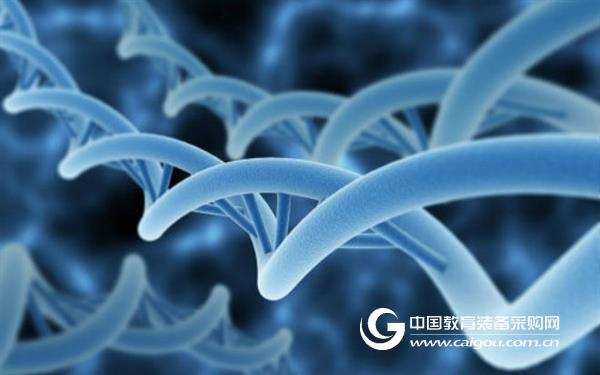Guide
"Synthetic lethality" refers to the phenomenon in which two non-lethal genes are simultaneously inactivated leading to cell death. There are "cooperative" contracts for the two genes that have a synthetic lethal relationship. When one side mutates, the other side expands the expression to compensate for the missing partner. When both sides are inactivated, the cells will die. Scientists hope to use this strategy to fight cancer. However, it faces difficulties in screening "buddies" of cancer-associated mutant genes. Recently, the research team at Stanford University has developed an ultra-powerful algorithm that can screen critical CPs from the massive cancer genome.

Cancer often relies on a pair of complementary genes to maintain the pattern of cell detachment from normal functioning. If one of the complementary genes is mutated, the other will increase the amount of expression to compensate for the deletion of one of the mutations. But if the genes are wrong, the cells will die. The phenomenon that simultaneous inactivation of two non-lethal genes leads to cell death is called "synthetic lethals".
According to this principle, if a gene has a cancer-associated mutation, the drug can be specifically destroyed by inhibiting the other half of it (with a synthetic lethal relationship). This anti-cancer strategy does not harm normal cells. Moreover, many known cancer-associated mutations are difficult to apply in clinical practice, but their synthetic lethal "partners" are more likely to become drug targets.
Unfortunately, so far, it has been difficult for scientists to find gene pairs with special relationships.
Recently, the research team from Stanford University has made new breakthroughs. They developed a new computer algorithm, MiSL (Mining Synthetic Lethals), which screens synthetic lethal gene partners in tumor databases. They believe that this algorithm is expected to achieve a more effective and less toxic anti-cancer approach, working with oncologists at Stanford University and the Anderson Cancer Center to find personalized treatment options for different cancer patients.
Related research results were published online May 31 in the journal Nature Communications. David Dill, a computer science professor, and Ravi Majeti, an associate professor of medicine, are co-authors. Research assistants Subarna Sinha and postdoctoral Daniel Thomas are co-first authors.
Large-scale screening of "gene CP"
The genetic material of cancer cells is often a mess, because the mutation of the gene, DNA replication, and cell division process are out of control. They teach the computer a simple "if this, then that" concept in order to identify pairs of genes whose expression levels are interdependent (typical characteristics of synthetic lethality), ie if the A gene is mutated, then The Y gene will increase the amount of expression to compensate for the loss of A gene function. When the A gene is not mutated, the Y gene can be deleted. In other words, these complementary genes are “mutually supportedâ€.
The team used a MiSL algorithm for large-scale screening of the Cancer Geneome Atlas for 12 different types of cancer, over 3000 cancer-associated mutations, to identify complementary genes for cancer-associated mutant genes. Specifically, a gene whose expression level is abnormally high when a specific cancer-related mutation occurs, or a gene which is rarely or never deleted when a mutation occurs.
In the end, the researchers screened 145,891 potential cooperative fatal partners for 3,120 cancer mutations. Excitingly, among the 89 synthetic fatal gene pairs, 17 of them have been put into clinical use or are in drug development. “We found that these complementary relationships are more frequent than expected, even between seemingly unrelated genes,†Dill said.
Powerful tool
The MiSL algorithm identifies new relationships, such as the IDH1 mutant gene associated with leukemia and the ACCAA gene. Moreover, some synthetic lethal gene pairs are present in a variety of cancers and are involved in a variety of fundamental biological processes, such as the Wnt signaling pathway, the Krebs cycle, and DNA repair mechanisms.
Majeti emphasizes: “The results we have currently screened are just the tip of the iceberg of MiSL's capabilities. Its ability to analyze massive amounts of data is powerful and can quickly identify potential genetic relationships. This will allow us to develop resistance more efficiently and conveniently. Cancer drugs."
Shanghai Chuangsai Technology has excellent performance, interleukin cytokines, fetal bovine serum, electrophoresis equipment scientific instruments, raw material drug standards, chemical reagents, cell culture consumables, Shanghai Chuangsai, mass products special promotions, welcome to inquire!
You can draw on the face and sew according to the drawing lines.You can also send us the picture,and we can sew the face for you.
New Toy Baby Dolls,Toy Baby Dolls,Rainbow Dolls,Barbie Princess Dolls
Nantong Einsame Familie Toy Technology Co.,Ltd , https://www.einsamefamilies.com